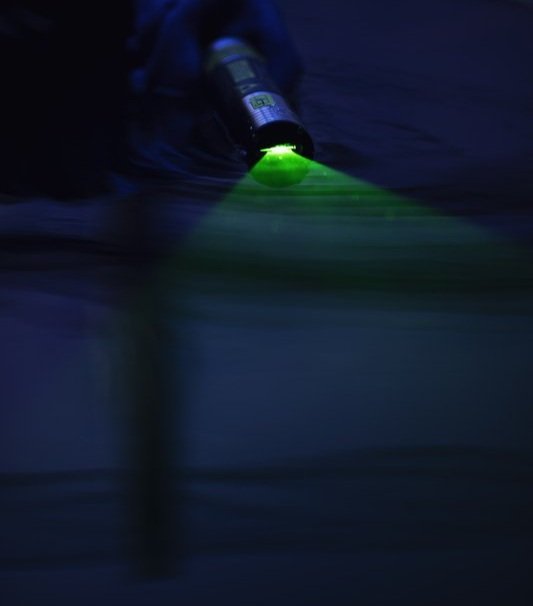Why FDA Compliance Matters for Underwater Laser Technology
SubC Imaging is one of the few companies—if not the only one—to offer FDA-compliant underwater lasers, ensuring safety, seamless shipping, and global reliability for marine research, offshore asset inspection, environmental assessments, and other underwater applications. In this article, we take a closer look at why FDA compliance matters for underwater laser technology and how it benefits users when it comes to safety, performance, and operational efficiency.
What is FDA Compliance for Underwater Lasers?
The U.S. Food and Drug Administration (FDA) oversees the regulation of laser products to ensure they meet strict safety and performance standards. These requirements cover critical aspects such as classification, labeling, and safety features to protect users and the environment.
For underwater laser technology, FDA compliance ensures that products adhere to rigorous quality and safety benchmarks. This compliance covers aspects such as laser wavelength, power output, and protective measures to minimize risks during operation. Rigorous testing and certification processes verify that these devices meet specific safety standards, protecting both operators and the marine environment.
What are the Risks of Using Non-Compliant Underwater Lasers?
Choosing a laser from a supplier that is not FDA-compliant can lead to significant challenges. Non-compliant lasers may face:
Shipping Delays: Regulatory checks at customs can hold up non-compliant products, jeopardizing project timelines.
Legal Complications: In some regions, importing or using non-compliant lasers is prohibited, creating legal risks for buyers.
Safety Concerns: Without adherence to FDA standards, there’s no guarantee that the product is safe to use, potentially leading to accidents or damage.
For industries that rely on underwater lasers, such as offshore energy or marine science, these risks can cause costly disruptions. For instance, a delay in delivering critical inspection tools could mean missed opportunities or extended downtime for essential operations.
Advanced Laser Options for Subsea Applications
SubC Imaging offers two types of underwater lasers. Both are Class 3R Laser Products, FDA compliant, and are qualified for shipping within Canada, the United States, and internationally.
The MantaRay Mk2 Parallel Laser is a versatile tool for ROV and subsea systems. By projecting two parallel beams of light, the MantaRay Mk2 enables accurate distance and scale measurements. The green light wavelength used by the MantaRay Mk2 offers superior water penetration, ensuring optimal performance in challenging underwater conditions.
The Skate Mk2 Line Laser is designed for precision tasks such as 3D modeling, machine vision, and pipeline inspections, the Skate Mk2 provides a high-intensity line of light, enabling detailed imaging and measurement of underwater structures and objects.
Elevating Standards Through FDA Compliance
FDA compliance isn’t just about meeting regulatory requirements—it’s about delivering safe, reliable technology that performs in critical underwater applications. For SubC Imaging, achieving compliance underscores a commitment to quality that supports the success of every customer.
From subsea inspections to offshore energy projects, SubC’s FDA-compliant lasers are designed to meet the highest standards of reliability and precision. This dedication to compliance reinforces SubC Imaging’s position as a trusted partner in demanding marine environments.


